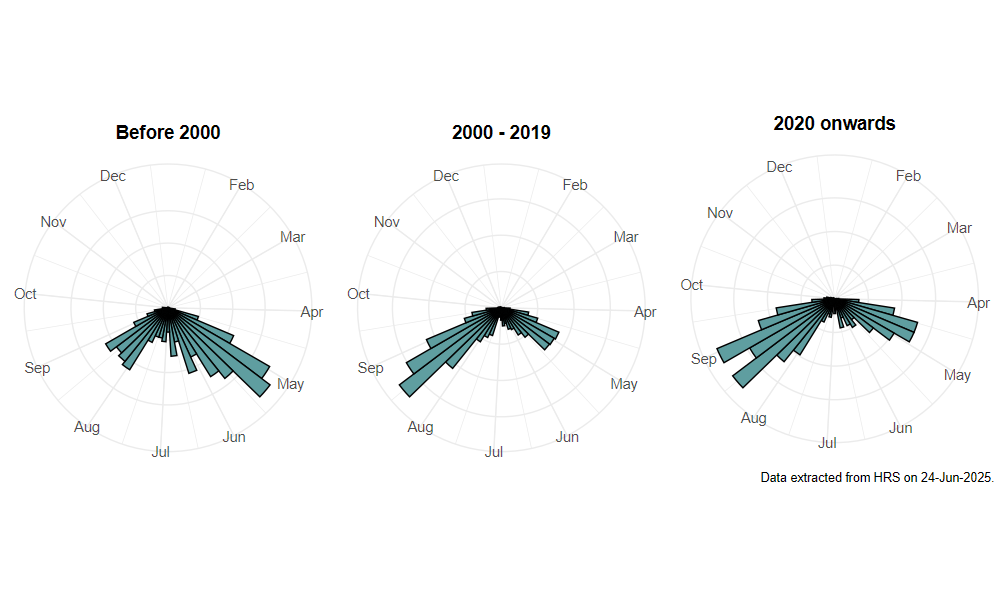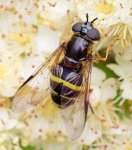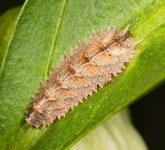Dasysyrphus tricinctus (Fallén, 1817)
Identification
Identification difficulty = 2. ![]()
![]() according to Ball & Morris, 20241
according to Ball & Morris, 20241
Synonymy
Syrphus tricinctus Fallén in Coe(1953)2.
Biology
The larva (illustrated in Rotheray, 19933) occurs on both coniferous and deciduous trees. It has been observed feeding on sawfly larvae and Lepidoptera caterpillars, but Rotheray (1993)3 reports that it is a frequent predator of aphids on Sycamore Acer pseudoplatanus. Adults are usually found in or near woodland along rides, edges and track sides where they visit a range of flowers.
Flight period
The following plots show the number of unique records per week excluding those reported to be of immature stages.

Distribution
Widespread throughout Britain north to northern Scotland. It is often common in both deciduous and coniferous woodlands, and in south-east England it tends also to be associated with heathland.

Trends
The following plots show the Frescalo TFactor vs year and a map of the rescaled frequency (all records) for the species.
-
Ball, S., & Morris, R. (2024). Hoverflies of Britain and Ireland. WILDGuides (3rd ed.). Oxford: Princeton University Press. ↩
-
Coe, R. (1953). Diptera: Syrphidae. Handbooks for the Identification of British Insects, 10(1), 1–98. ↩
-
Rotheray, G. (1993). Colour guide to hoverfly larvae (Diptera, Syrphidae) in Britain and Europe. Dipterists Digest (first series), 9, 1–155. ↩ ↩

